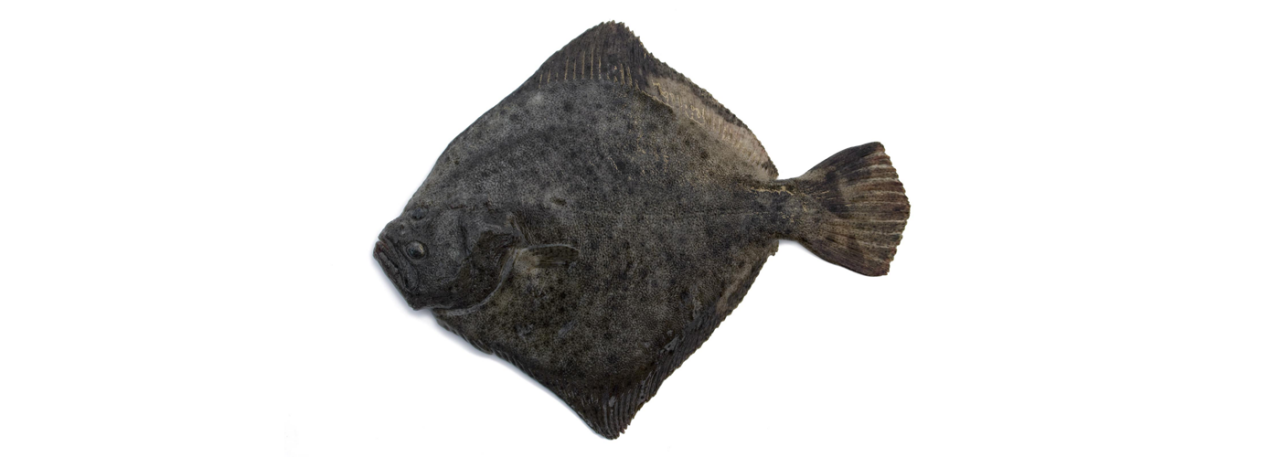.png.transform/rendition-xs/image_image%20(1).png)
Turbot
Turbot is a favored flatfish for discerning chefs. Its flesh is bright white and firm with large flakes. It holds together during cooking. Turbot have an attractive subtle taste-of-the-sea flavor. It' is a chef's dream because when cooking it retains plenty of moisture which means it doesn't readily dry out.
Tasting and nutritional notes
Turbot is a favored flatfish for discerning chefs. Its flesh is bright white and firm with large flakes. It holds together during cooking. Turbot have an attractive subtle taste-of-the-sea flavor. It' is a chef's dream because when cooking it retains plenty of moisture which means it doesn't readily dry out.
This flat fish is a source of high quality and digestible proteins. It is rich in healthy Omega 3 polyunsaturated fatty acids. It is also an excellent source of selenium, potassium, magnesium, vitamin B12, vitamin B6, iron, and phosphorous which assist in the functions of our immune system, maintenance of strong teeth, bones and supports metabolism.
Other information
Turbot is a flat fish with a thick, circular body. It is greenish grey in color and, like a chameleon, can adapt its coloring to that of the seabed. When lying flat turbot look to the left, keeping no bilateral symmetry. Its body is covered with distinctive bony tubercles. The mouth is large and with a prominent jaw.
In aquaculture reproduction of turbot is carried out in hatcheries under closely controlled conditions. Spawning takes place in spring and each female lays between 500,000 and 1,000,000 eggsDuring their first month of life the larvae are feed living organisms such as rotifers and brine shrimp. They are later fed a diet based on natural ingredients of primarily marine origin. The farming facilities are usually circular concrete tanks in premises located along the coastline.
The farming facilities are usually circular concrete tanks in premises located along the coastline.

